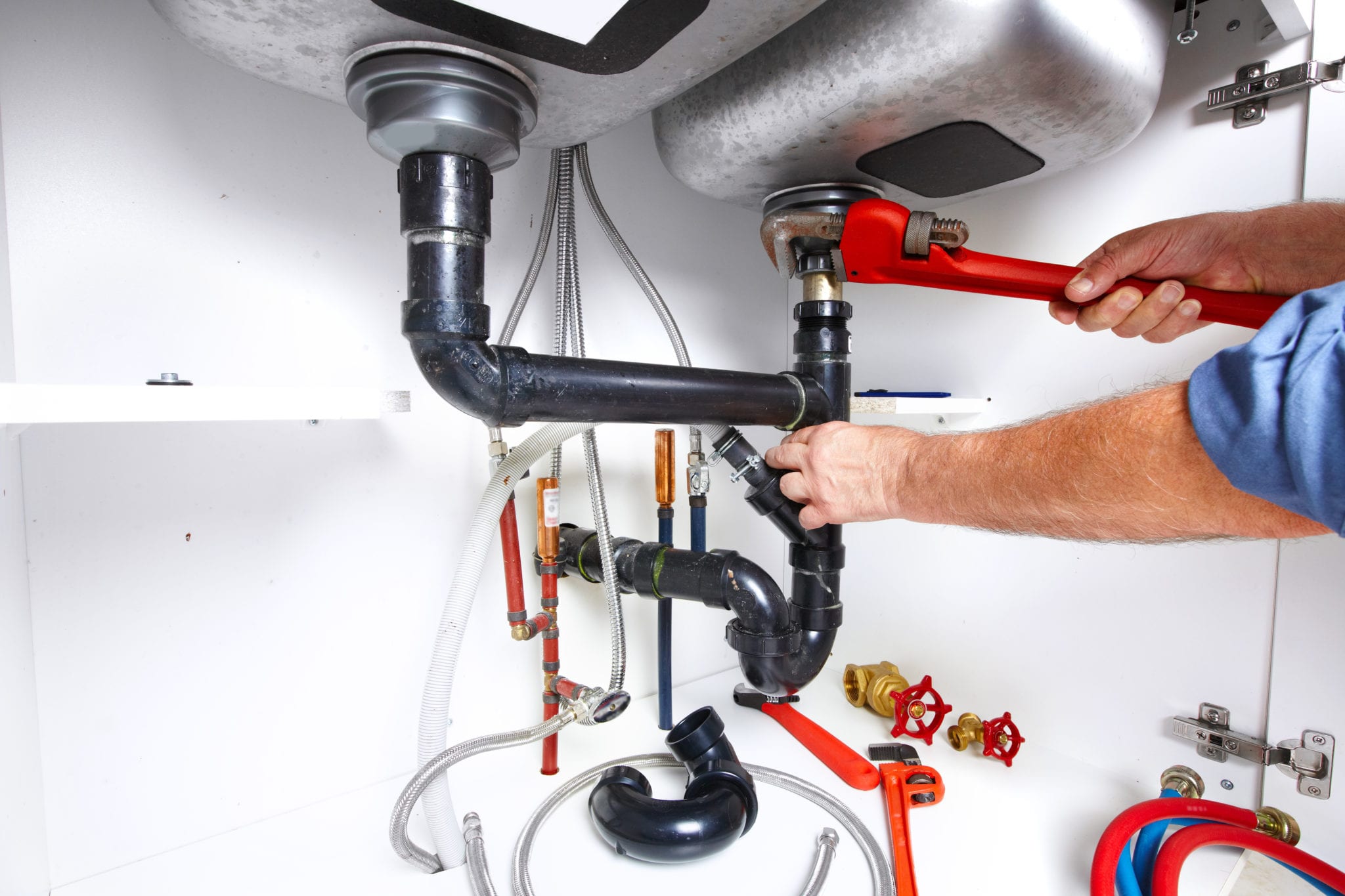How to Check If Your Home Has a Surprise Leakage
How to Check If Your Home Has a Surprise Leakage
Blog Article
Just about every person is bound to have their own unique assumption about Finding hidden leaks.

Early detection of leaking water lines can minimize a prospective calamity. Some little water leaks might not be visible.
1. Take A Look At the Water Meter
Every house has a water meter. Inspecting it is a proven manner in which helps you find leakages. For starters, turn off all the water sources. Ensure no person will purge, use the faucet, shower, run the cleaning machine or dish washer. From there, go to the meter as well as watch if it will certainly transform. Since nobody is utilizing it, there should be no motions. That suggests a fast-moving leakage if it moves. Likewise, if you detect no changes, wait an hour or more as well as examine back once again. This implies you may have a sluggish leak that might also be below ground.
2. Examine Water Intake
Assess your water bills and track your water consumption. As the one paying it, you ought to discover if there are any type of disparities. If you identify sudden changes, regardless of your intake coinciding, it suggests that you have leakages in your plumbing system. Keep in mind, your water bill ought to fall under the same array every month. A sudden spike in your costs shows a fast-moving leakage.
On the other hand, a stable increase every month, despite having the exact same practices, shows you have a sluggish leak that's additionally gradually intensifying. Call a plumber to thoroughly examine your property, specifically if you feel a cozy area on your flooring with piping beneath.
3. Do a Food Coloring Test
When it comes to water usage, 30% comes from commodes. If the color somehow infiltrates your dish during that time without flushing, there's a leak between the container and dish.
4. Asses Outside Lines
Don't forget to inspect your outside water lines too. Ought to water leak out of the connection, you have a loosened rubber gasket. One little leak can lose tons of water and spike your water bill.
5. Assess the scenario and also inspect
Home owners should make it a habit to check under the sink counters and also inside closets for any kind of bad odor or mold and mildew development. These 2 warnings suggest a leak so timely attention is required. Doing regular assessments, also bi-annually, can save you from a major problem.
Inspect for discolorations as well as compromising as the majority of appliances as well as pipes have a life span. If you suspect dripping water lines in your plumbing system, don't wait for it to intensify.
Early discovery of leaking water lines can minimize a prospective calamity. Some small water leakages might not be visible. Examining it is a surefire method that helps you find leakages. One tiny leakage can waste lots of water and surge your water costs.
If you think leaking water lines in your plumbing system, do not wait for it to rise.
WARNING SIGNS OF WATER LEAKAGE BEHIND THE WALL
PERSISTENT MUSTY ODORS
As water slowly drips from a leaky pipe inside the wall, flooring and sheetrock stay damp and develop an odor similar to wet cardboard. It generates a musty smell that can help you find hidden leaks.
MOLD IN UNUSUAL AREAS
Mold usually grows in wet areas like kitchens, baths and laundry rooms. If you spot the stuff on walls or baseboards in other rooms of the house, it’s a good indicator of undetected water leaks.
STAINS THAT GROW
When mold thrives around a leaky pipe, it sometimes takes hold on the inside surface of the affected wall. A growing stain on otherwise clean sheetrock is often your sign of a hidden plumbing problem.
PEELING OR BUBBLING WALLPAPER / PAINT
This clue is easy to miss in rooms that don’t get much use. When you see wallpaper separating along seams or paint bubbling or flaking off the wall, blame sheetrock that stays wet because of an undetected leak.
BUCKLED CEILINGS AND STAINED FLOORS
If ceilings or floors in bathrooms, kitchens or laundry areas develop structural problems, don’t rule out constant damp inside the walls. Wet sheetrock can affect adjacent framing, flooring and ceilings.
https://www.servicemasterbyzaba.com/blog/how-to-detect-water-leakage-in-walls/

Hopefully you liked our article on Detecting hidden plumbing leaks. Thanks for taking the time to read our article. Kindly set aside a second to share this blog entry if you enjoyed it. Thank you for going through it.
Report this page